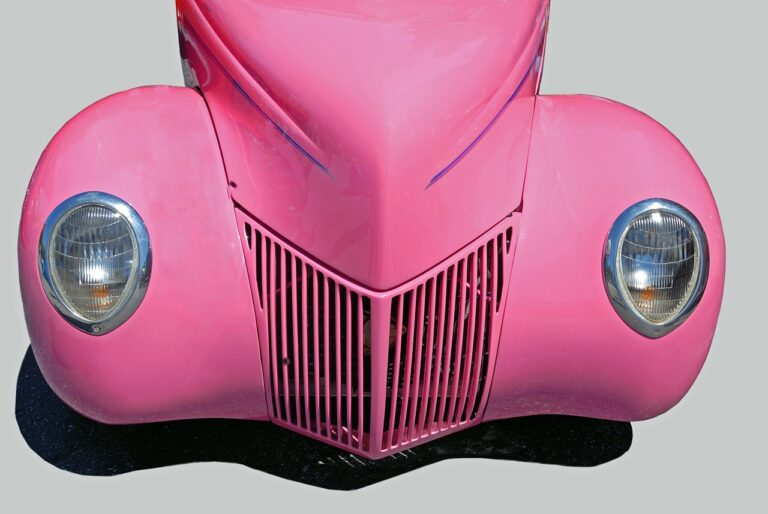The Evolution of Car Transmission Systems: From Manual to Automatic to CVT
One drawback of CVT transmission systems is their limited power handling capabilities. Because of their design, CVTs may not be suitable for high-performance vehicles or heavy-duty applications. This limitation can result in reduced acceleration and overall driving performance compared to traditional automatic or manual transmissions.
Another disadvantage of CVT transmission systems is their susceptibility to overheating. The continuous operation of the belt and pulley system in CVTs can generate higher heat levels than other types of transmissions, which can lead to premature wear and potential damage if not properly maintained. This can be a concern for drivers in hot climates or those who frequently engage in stop-and-go driving conditions.
Future Trends in Car Transmission Systems
As automotive technology continues to evolve, car transmission systems are also undergoing significant advancements. One of the key future trends in car transmission systems is the increasing popularity of dual-clutch transmissions. Known for their improved performance and fuel efficiency, dual-clutch transmissions use two separate clutches to seamlessly shift gears without any interruption in power delivery.
Another emerging trend in car transmission systems is the development of more efficient continuously variable transmissions (CVTs). These transmissions offer a smoother driving experience by providing an infinite number of gear ratios for optimal performance and fuel economy. With ongoing research and development efforts, CVTs are expected to become even more prevalent in the automotive industry in the coming years.





